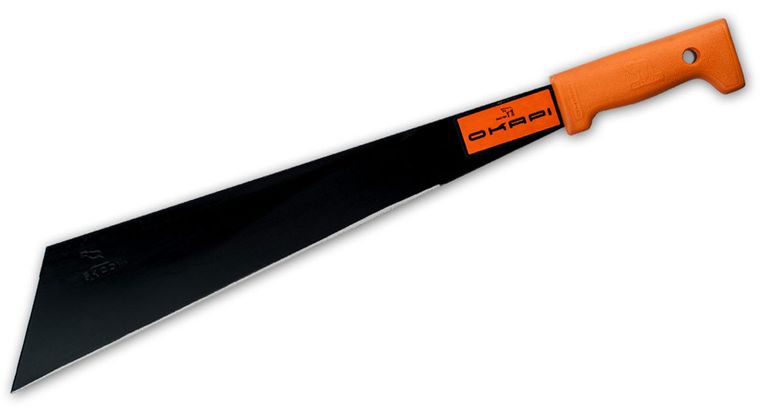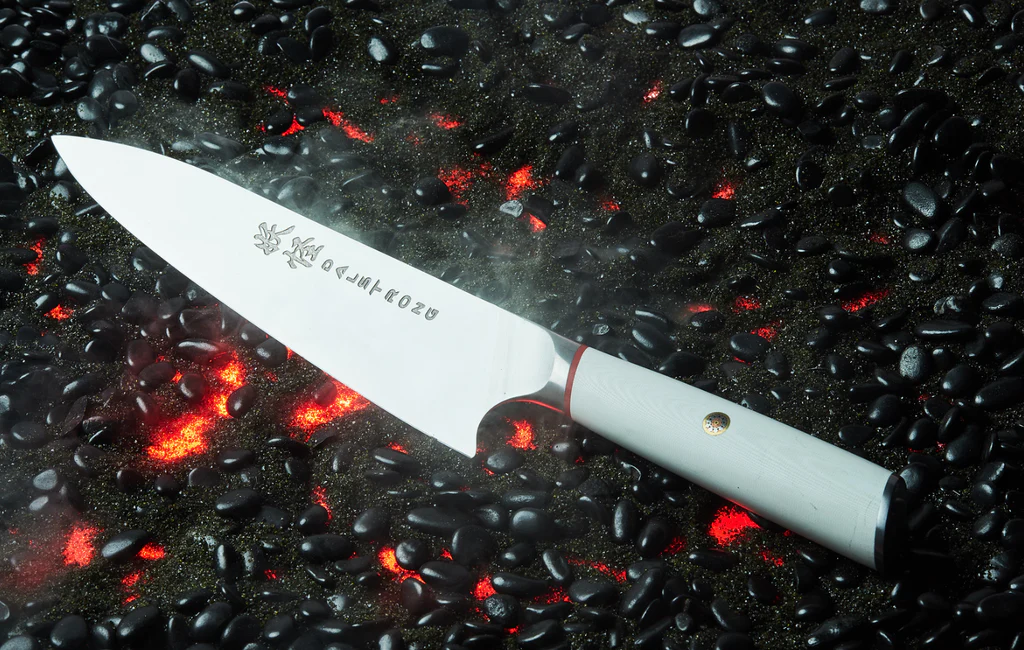Last updated on January 13th, 2024 at 05:40 am
Corn knives are specific agricultural implements. Farmers and gardeners need its sharp blade and versatile design. This article covers corn knife usage, variants, and upkeep. This guide has all you need to know about this technology, whether you’re a farmer or just curious.
What is a Corn Knife?
Corn knives, often called corn hooks or sickles, are used to harvest maize and other related crops. Its curved blade and sharp inner edge make cutting and harvesting easy. The curved blade cuts and gathers crops smoothly.
History of Corn Knives
Corn knives have a centuries-old heritage. Egyptians and Romans used curved blades to gather crops. Corn knives have changed with farmer demands and technology.
Different Types of Corn Knives

Corn knives harvest corn. They’re designed for different purposes. Different corn knives:
Machete: A heavy, broad-bladed machete. It can cut maize stalks well. Agriculturalists utilise machetes.
Corn Hook Knife: This corn knife has a hooked blade. The hooked end grips and pulls maize stalks while the curved blade cuts and gathers them.
Corn Harvesting Knife: Corn harvesting knives have long, straight blades with serrated edges. The serrated edge cuts through stubborn husks and stalks, making maize removal easier.
Corn Billhook: A corn billhook is used for corn harvesting and other farming tasks. Its curving blade has a sharp inner edge and a hook on the back. The hook pulls maize stalks while the sharp inner edge cuts precisely.
Maize Sickles: Like billhooks, maize sickles have curved blades with sharp inner edges. It’s used for hand-harvesting maize and manoeuvres well in confined spaces. Corn sickles help small farmers.
Corn Thresher Knife: A corn thresher knife removes the kernels from the cob after harvesting. Its small, robust blade contains serrations or teeth to efficiently extract corn kernels from the cob.
Uses of a Corn Knife

A corn knife is mostly used in corn farming and harvesting. Common corn knife uses:
Corn Harvesting: Corn harvesting is the main usage of a corn knife. It cuts maize stalks and removes ears. The sharp blade and strong knife provide exact stalk cutting.
Corn Husking: A corn knife can remove the corn husks after harvesting. Easily husk difficult husks with the knife’s keen edge.
Corn Cob Preparation: After husking, a corn knife helps prepare the corn cob for eating or processing. It can cut the cob or remove silk threads.
Corn Threshing: A corn knife with serrations or teeth is used to remove corn kernels from the cob. Using the knife’s serrated edge and firmly grasping the corn cob, kernels can be separated.
General agricultural operations: A corn knife can be used for other agricultural operations. It can trim plants, remove weeds, and help with other farm work.
How to Maintain a Corn Knife?
Maintaining your corn knife ensures its longevity and functionality. Important tips:
Cleaning: Clean the corn knife blade with warm water and mild soap after each usage. This removes residue and prevents corrosion.
Drying: After washing, dry the knife to prevent moisture damage. Use a towel or cloth to dry the blade completely.
Sharpening: To keep your corn knife sharp, sharpen it often.
Storage: Keep your corn knife dry and safe. To prevent cuts and maintain the blade, use a sheath.
Oil Treatment: Oiling the blade frequently prevents rust and corrosion. Use a knife-maintenance rust inhibitor or food-grade mineral oil.
Handle Care: Keep your wooden-handled corn knife dry. Linseed oil or a wood conditioner will keep the handle from breaking.
Questions (FAQs)
Can a corn knife cut other crops?
Absolutely! Corn knives can also harvest wheat, barley and rice. Its curved blade and powerful cutting edge make it versatile for harvesting.
Corn knives: dangerous?
Corn knives are sharp, so use them carefully. When using a corn knife, wear gloves and stay steady. Keep the blade away from youngsters and secure it while not in use.
Corn knife sharpening at home?
Home corn knife sharpening is possible. Carefully sharpen the blade’s inner edge with a stone or rod. To sharpen the knife properly, consult the maker or an expert.
Corn knife blade lifespan?
Corn knife blade longevity varies on usage, care, and material quality. A good corn knife blade can last multiple seasons with proper care.
Corn knives for cooking?
Corn knives can be used in the kitchen to slice bread or trim vegetables. Before using the knife for food, make sure it’s clean and sanitised.
Corn knife safety?
Absolutely! Hold the corn knife handle firmly, cut away from your body, and be mindful of your surroundings. Use safe cutting practises and keep the blade sharp to avoid mishaps.
Conclusion
Farmers and gardeners benefit from corn knives. Its curved blade, sharpness, and adaptability make it great for harvesting crops, weeding, clearing roads, and carpentry.
Understanding corn knife kinds, usage, and maintenance allows you to maximise this crucial agricultural instrument.
To enjoy a corn knife for years, handle it carefully, prioritise safety, and preserve it.
